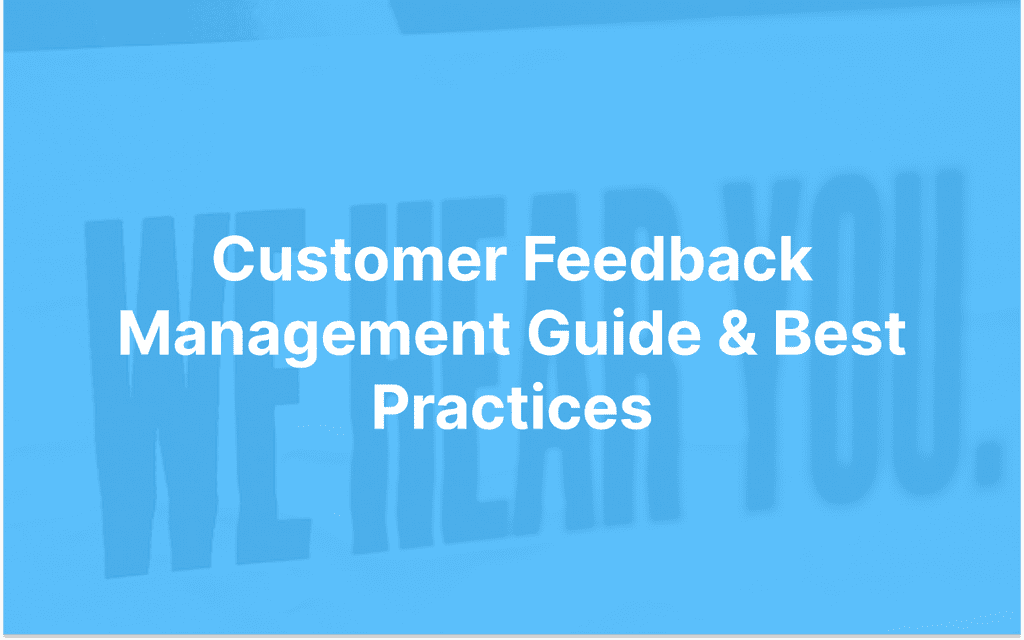Customer feedback is an essential part of any business — if you want to boost your sales, you need to make sure customers are satisfied with what you’re providing. However, managing customer feedback can be quite an arduous task, especially if you’re struggling to interact with your users.
Luckily, customer service solutions such as Customerly provide you with surveys and automated marketing to increase user engagement. So, you’re in safe hands as we take you through exactly what customer feedback management is, why it’s crucial for your business, and how to make the most of your customer feedback channels.
Without further ado, let’s get started!
What is Customer Feedback Management?
Customer feedback management involves collecting and analyzing user reviews or comments via in-app surveys, live chat, email marketing, and more. The goal is to assess the satisfaction of your customers and identify user frustrations that are negatively impacting your revenue or retention rate.
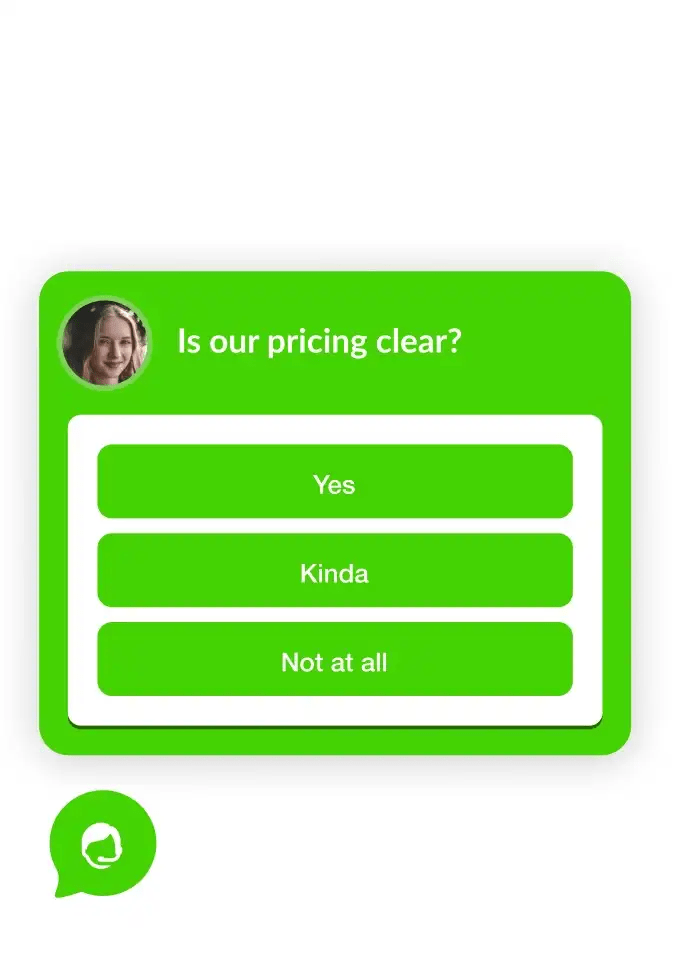
You can optimize your customer feedback analysis using tools like Customerly, and consistently monitor metrics like Net Promoter Score and user satisfaction with ease. This allows you to keep on top of customer opinion regarding your products and brand.
With this information in hand, you can start implementing changes and actively improve your products based on feedback. That’s the true name of the game in terms of customer feedback management. If you’re not using feedback to drive positive change for your products (and users!), then what’s the point?
Why is Customer Feedback Management Important?
Vetting new Products and Features
You can use customer feedback management to learn what customers think about new products or features. Collect useful insights with customer engagement software, and use that information to determine what areas of your product require improvement. Discover these issues early on so you can resolve them quickly and avoid negatively impacting your sales.
Increasing Customer Loyalty and Retention
Effective user feedback management helps keep your customers coming back for more. You can respond to queries or concerns in a timely manner and increase your overall satisfaction rate, which in turn builds customer loyalty. If customers feel valued by your company, they’re more likely to continue using your services. It’s elementary, my dear Watson!
Make Customer-Centric Decisions
Customer feedback management allows you to gain insight into the SaaS customer journey. Identify where users often churn or convert to better understand customer behavior. If you know why your customers churn, you can alter your platform to keep customers from leaving and encourage more conversions.
Customer Feedback Management Metrics
Before we move on, it’s best to identify the metrics you need to identify and look out for. We’ve broken down all of the important customer satisfaction metrics, providing simple definitions for each. That way, there’s no confusion once we bring those terms up later.
Here’s a list of some essential customer feedback metrics you should pay attention to:
- Customer Satisfaction Score (CSAT) – Exactly what it says on the tin: How satisfied customers are with your product or brand.
- Net Promoter Score (NPS) – Measures customer loyalty to a company.
- Customer Effort Score (CES) – How easy or difficult it is for a customer to resolve a question, issue, or return.
- Customer Churn Rate (CCR) – The number of users who leave your platform or service. This is most important if you’re optimizing your SaaS customer journeys.
- First Response Time (FRT) – How long a customer waits to be contacted by an agent after submitting a query or problem.
- First Contact Resolution (FCR) – Number of support issues that were solved by an agent on the first attempt.
- Customer Service Satisfaction (CSS) – Measures the ability to meet customer expectations in terms of service and quality of products.
- Abandonment Rate – Concerning how many users abandon carts or checkouts before completing a purchase.
- Value Enhancement Score (VES) – Measures service interaction in two areas: customer confidence in your products and confidence in their decision to buy your products or services.
- Customer Health Score (CHS) – Measures the risk of a customer churning.
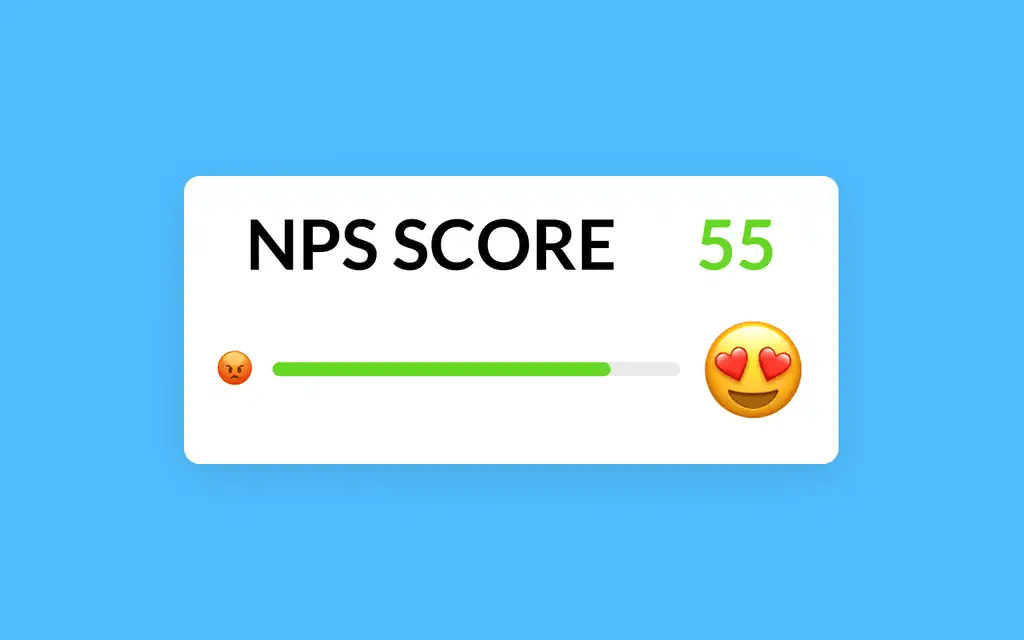
In the example above, the NPS score is 55. NPS can range from -100 to 100, so any score above 50 indicates there are more customers who like your product than those who do not.
Customer Feedback Management Channels
There are various methods for collecting customer feedback regardless the industry you’re in. You can interact with users either on your own website and app, or opt for third-party communication channels. Customers may also leave feedback without any prompt from your business, such as mentioning your brand in their blog or leaving reviews on another site.
Here are some examples of customer feedback management channels:
- In-App Surveys
- Live Chat
- Social Media
- SMS
- Review Sites
- Focus Groups
- Customer Interviews
How to Effectively Conduct Customer Feedback Management
Choose the Best Customer Feedback Management Tool
In order to optimize your customer feedback management, you should invest in a platform like Customerly.
With our all-in-one customer service solution, including one of the best customer experience management tools in the game, you have access various feedback collection tools, which include in-app surveys, NPS monitoring, live chat, and much more.
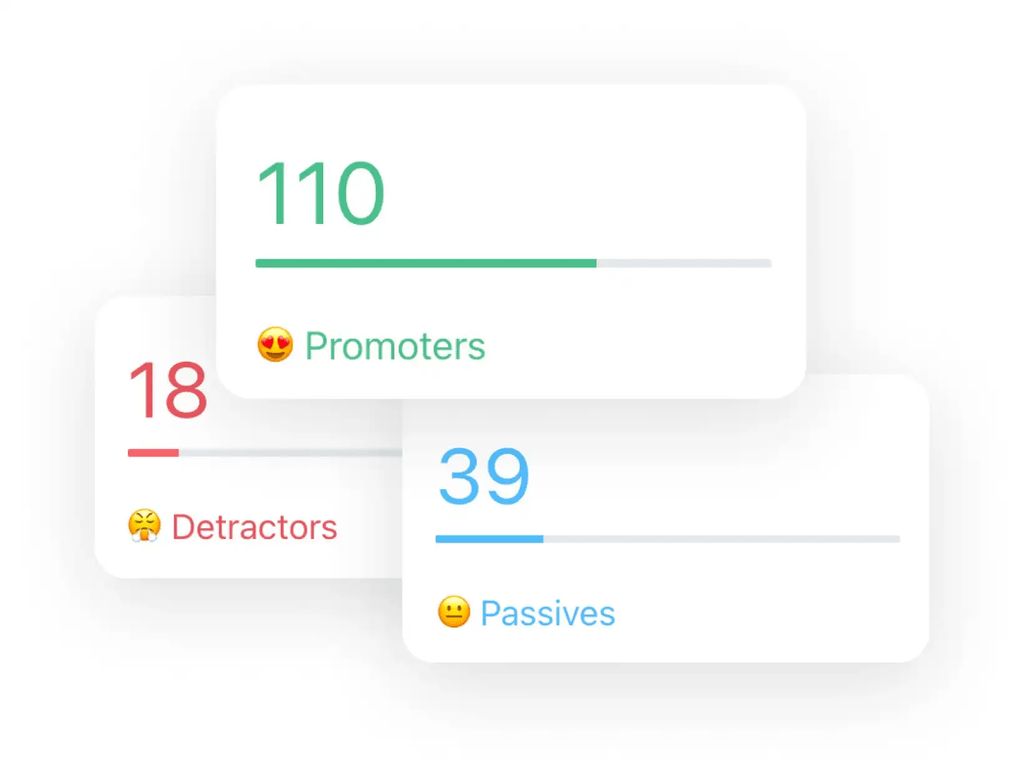
We provide you with a variety of survey templates to help speed up the creation process. Customize and run surveys for different metrics, including CSAT, CES, and NPS. If you’re experiencing large amounts of churn, you can also use our ready-made funnel to easily create churn surveys and discover the reason behind your customers leaving. If you’re still not convinced, check out how Feed Donkey used our live chat feature to increase conversion rates by 30%!
During survey creation, you have the option to choose which customers to target, allowing you to build dynamic contact lists to control who gets your surveys. For example, you can send churn surveys to get feedback on why customers are leaving.
We also allow you to add logic rules to your survey. For instance, if a customer chooses a certain answer (e.g., they find your service to be unsatisfactory), you can ask them a follow-up question to get more details.
Gather Feedback
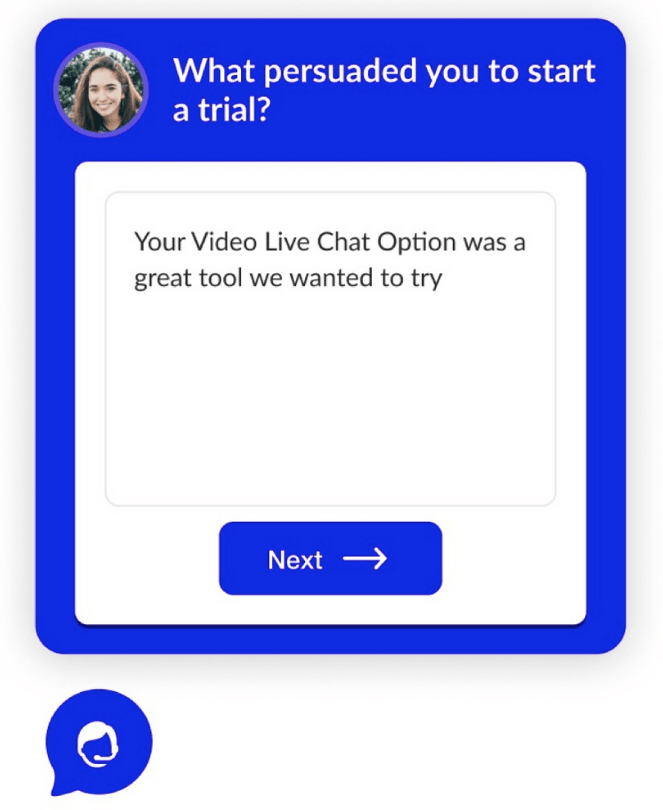
Once you’ve finished creating your surveys, decide how you’re going to send them to your customers. There are plenty of options to choose from, but one of the simplest methods is via live chat. You’ll be targeting customers who are currently on your platform or using your app, which increases the chances of them responding as opposed to an unsolicited email.
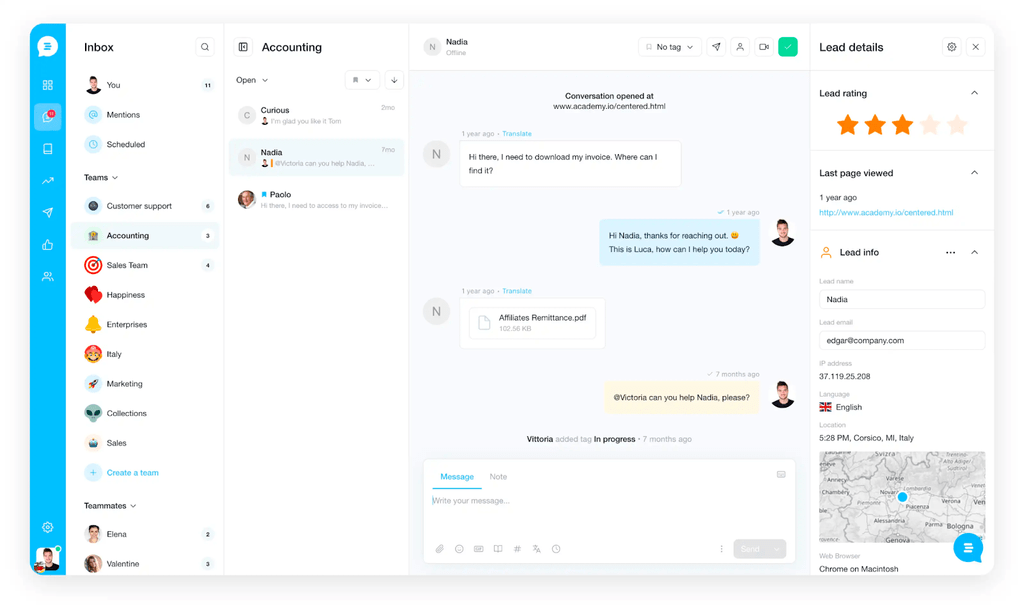
Before sending out your surveys, however, make sure you have a centralized platform for collecting and managing all your feedback.
Extract Actionable Insights
Now that you’ve gathered a bunch of customer feedback, it’s time to analyze the information in search of trends or patterns. For example, if you notice a large number of customers making the same statement, place those feedback items into one category for later assessment.
Analyze Customer Feedback
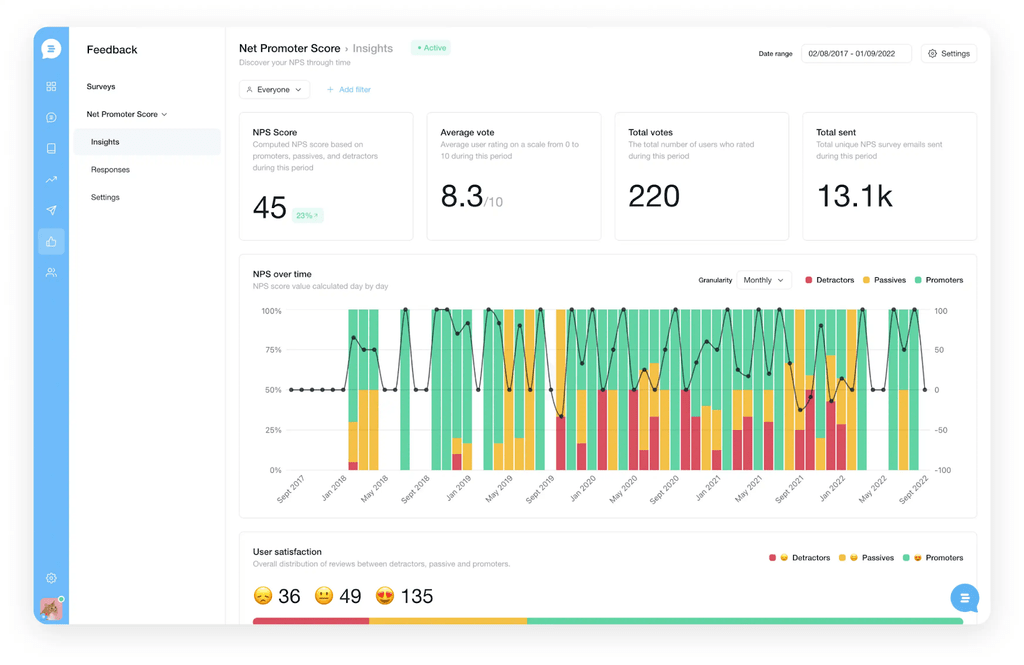
After organizing all your user feedback, you should be left with only useful customer insights to go through. Analyze your feedback by category to triangulate metrics such as CES and NPS, and find key insights you may have missed
You can also conduct customer sentiment analysis to gauge your overall user satisfaction and compare the results to previous months. Identify how much you’ve improved or worsened over time and the reasons behind these changes.
If you’re using a tool like Customerly, your feedback will be formatted into graphs or scores automatically. View your analytics or reports, and locate common customer opinions and complaints — and fix them. This makes the most pressing issues much easier to identify, which means fixes will occur much quicker.
When it comes to multiple-choice surveys, you need to look at which answers were most popular. Qualitative feedback, on the other hand, requires more attention but can provide the insights you might miss with quantitative feedback.
Organize Customer Feedback
Once you’ve finished your analysis, sort your feedback according to priority. Certain feedback will consist of complaints that need addressing from your end. Organize these complaints according to how severe the issue is. Consider how much the problem impacts user experience and how many customers have mentioned the issue.
Prioritize Action Items
For each identified issue, come up with a plan to resolve them in a quick yet effective manner. Determine how long it should take to fix each problem and assign tasks to the right people. Prioritize these activities according to how necessary they are, and set milestones to make sure everyone stays on task.
Take Action on the Customer Feedback
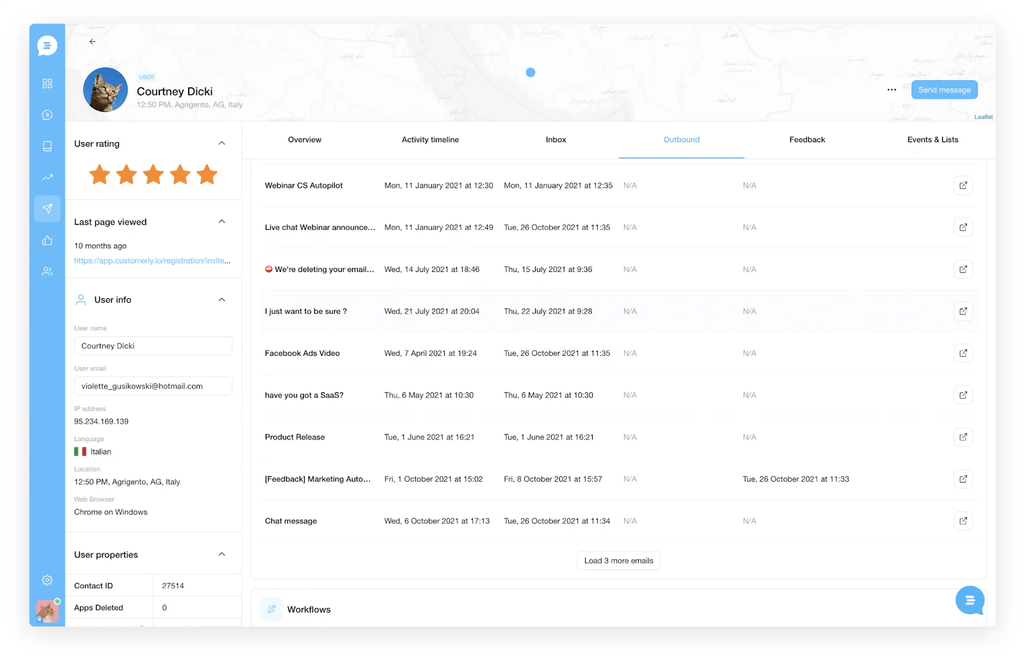
Now it’s time to actually implement your issue resolution activities. Make sure to address the issues that severely impact your product’s functionality first. For instance, an error page or broken button should be prioritized over cosmetic issues. The most important thing is to ensure your customers have access to your services.
Close Feedback Loop
Finally, after resolving your customers’ concerns, find a way to let them know their issues have been addressed. You can make an announcement on your website or app, respond to user messages, mass-email customers, and so on.
Contacting users on a personal level helps them feel valued, especially if you personalize their messages by including their names and other information.
Just remember what you’ve learned from assessing your feedback, and apply it to your future workflows or business decisions. Consider the following things:
- Which communication channels received the most customer engagement?
- How much of your feedback gave valuable insights?
- Were any of your questions misconstrued?
- How quickly were you able to resolve customer complaints?
- What was your most common complaint?
- What aspect of your business received the most positive comments?
Best Practices for Customer Feedback Management
Define Your Objectives
Decide what your objectives are before gathering any feedback. For instance, you can choose a set of metrics to measure or gauge how well a feature is performing. This should help you design your surveys and analyze feedback more efficiently.
Make sure to limit the number of surveys you conduct at a time to avoid overwhelming yourself with too much feedback. Only ask for it when it’s relevant, like when a new feature has been released or a recent update is deployed.
Craft Feedback Questions Carefully
Choose your survey questions carefully and make sure they target the right subjects. If you’re struggling to come up with questions, Customerly has multiple templates to choose from.
Your questions must be easy to understand, so avoid using complicated terms or jargon. Questions should also be kept short to make the surveys quick to complete. Customers are more likely to do a survey if it doesn’t take much time. For instance, surveys between 1-3 questions have a completion rate of over 80%
Choose questions that prompt users to give actionable feedback on what they think about your brand or product. If you want detailed answers from your customers, make your questions more specific.
For example, instead of ‘were you pleased with our service?’ ask ‘what aspect of our service did you find the most appealing?’ The first question prompts a short ‘yes’ or ‘no’ answer, while the second question encourages the user to give a longer response, allowing you to get even more insights.
Make Your Survey Easy to Submit
Make your surveys easy to submit for customers to minimize chances of error or confusion. You could color-code the ‘submit’ option to make it stand out or include instructions at the end of the survey.
Collect Feedback Across Multiple Channels
Send surveys out via multiple channels to increase your chances of engagement. You can target different user segments and discover which channels are most effective. Aside from social media platforms and email, you can preemptively prompt customers for feedback with live chat or in-app surveys.
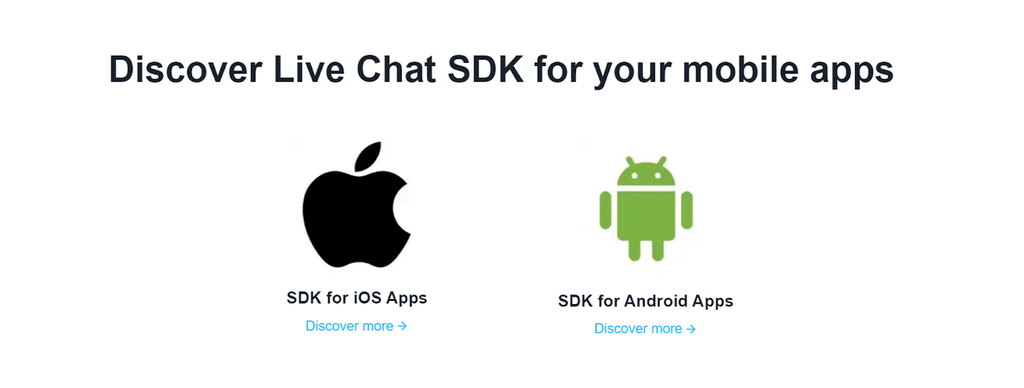
Customerly allows you to integrate with thousands of third-party software, such as Facebook Messenger, Zapier, and Shopify. And we’re compatible with both Android and Apple interfaces, so you can easily collect customer feedback from your mobile apps, too!
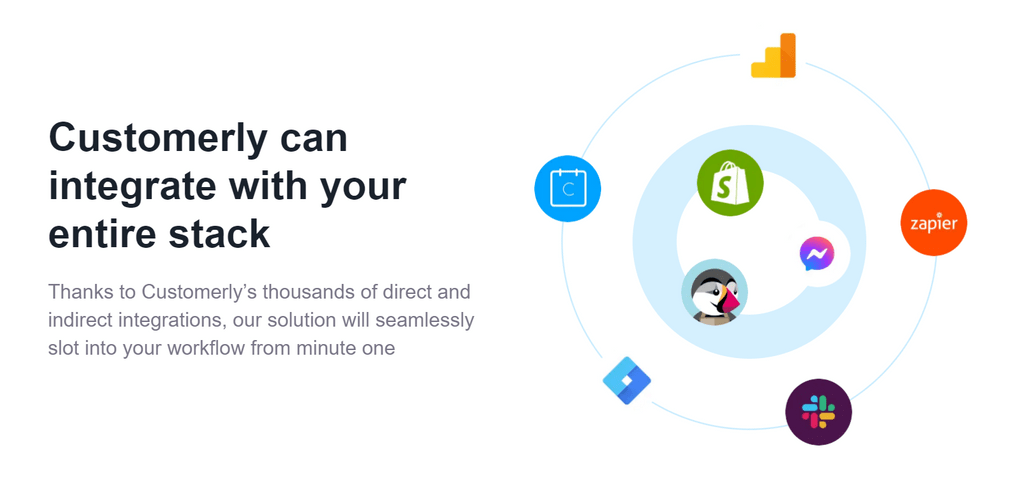
Pay Attention to all Feedback, Both Positive and Negative
When assessing your customer feedback, it’s important to pay attention to both positive and negative reviews.
Analyzing positive feedback
In regards to positive feedback, they help you determine what your unique selling points (USPs) are and could act as great testimonials for your business.
They’re a great way to boost your online presence, made even easier with Customerly. For instance, during email customer reviews, any user who rates your product 8+ is redirected to your review page, allowing you to increase the number of testimonials you collect.
Analyzing negative feedback
Negative reviews, on the other hand, allow you to discover what areas of your product need improvement. Addressing user concerns and consistently elevating the quality of your service helps increase retention rates. You can also use this information to make informed business decisions, increasing the possibility of converting detractors into promoters in the long run.
Show customers you’re willing to change your platform to accommodate their needs. While you may not be able to please every customer all the time, many users will feel like their opinions are valued if you make the effort to respond to their feedback.
Be Transparent About Changes
Always ensure customers know when their concerns are being acknowledged. Regardless of whether their issue is big or small, you should tell users you’re currently working on fixing the problem so they’re aware progress is being made. If users don’t hear back from you after expressing their frustrations with your service, they may assume you’re ignoring their feedback.
If it’s going to take a while to resolve the issue, give them periodic updates to prevent them from churning. As long as they’re aware of your progress, they should have more incentive to stick around and wait for the results of your labor.
Just remember to contact customers via their preferred channel of communication (i.e., their original method of contacting you).
Constantly Monitor Your Feedback Systems
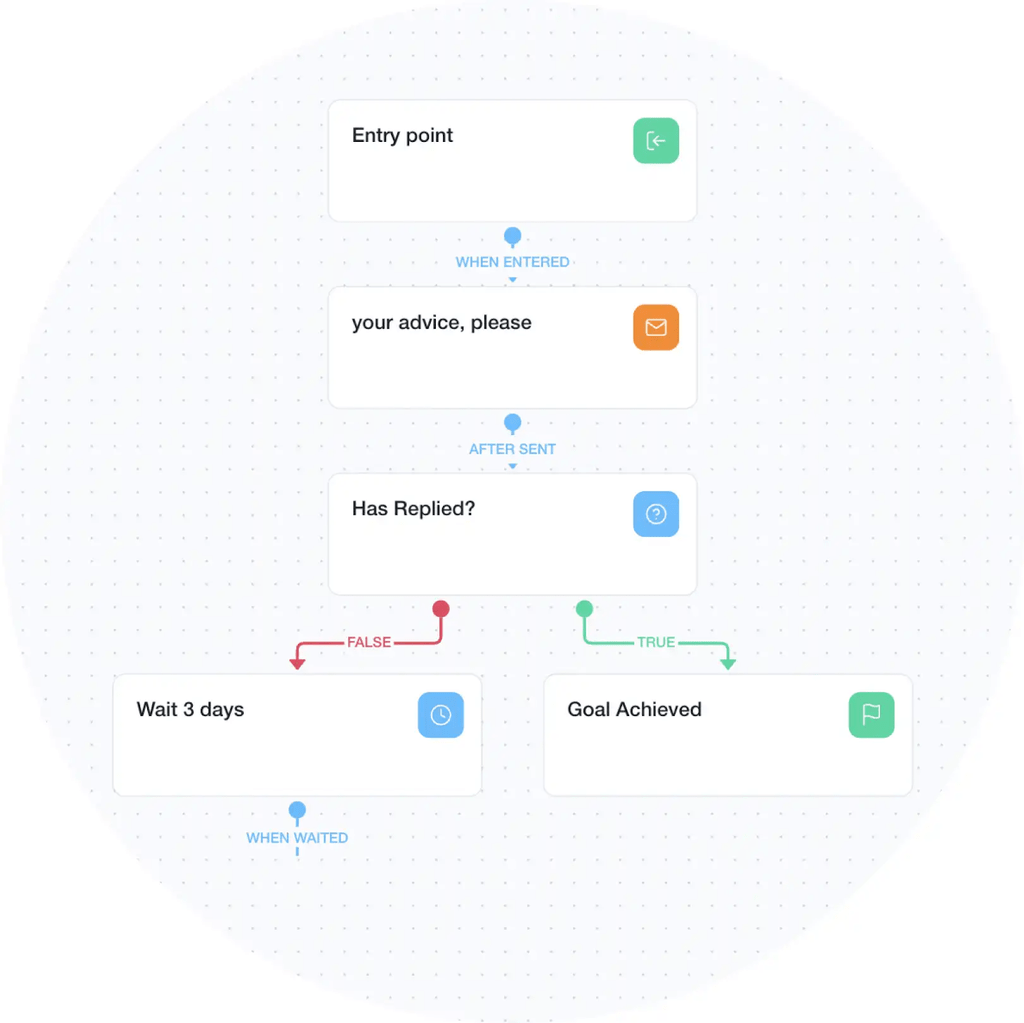
Customer feedback management requires continuous maintenance, from receiving the feedback until they get an update addressing their issue has been solved. You must monitor your feedback systems to check for any issues on a periodic basis. This will help you identify when customers are struggling to send in reviews or your user engagement drops.
Customer Feedback is Key to Success
When it comes to raising your user satisfaction, customer feedback management is an essential part of that process. Gaining insights into user behavior via surveys or live chat allows you to detect weaknesses in your product, which you can then address to improve your overall retention rate.
However, manually managing all your feedback can be quite time-consuming, so it helps to employ customer service solutions such as Customerly. We provide various feedback tools, including survey templates and NPS tracking, to streamline your workflows.
Try Customerly for free today to start enhancing your customer feedback management.
